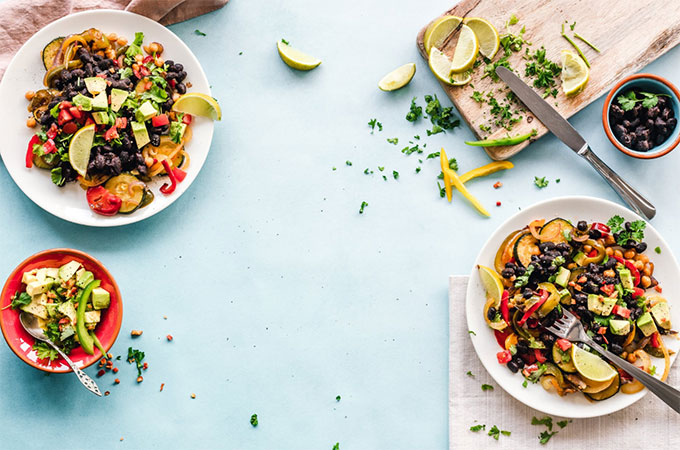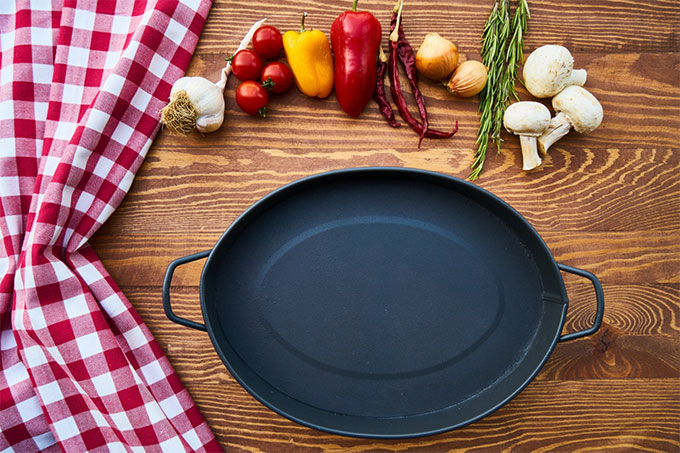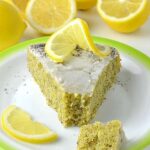
Blogging nowadays is much more than just a hobby and can be a full-time profession for some, and a pretty good one. There’s nothing better than doing something you do best, enjoy it, and earn some cash for it. This could have sounded silly or even insane in the past, but it’s not anymore. There are many different examples as to how bloggers can make money by attracting audiences, creating engaging content, and making proper connections, so there’s no reason not to try. And one of the best ways to start, is, of course, food and recipe blogging.
Unwrapping All the Right Ingredients
One of the most obvious and basic reasons for choosing food blogging, in particular, is the popularity of this topic. Everybody loves tasty food or at least needs some kind of original, healthy, or new food from time to time, so lots of people address food blogs and sites regularly. Some bloggers that work on attracting bigger audiences can make quite a lot of money on a monthly basis. And if they could, you can too. Still, counting only on the popularity of the topic is not that reasonable, so there are some other points to consider before you start.
Another good reason for starting or actively maintaining your food blog is the creative freedom that it offers. Perhaps, every person in this world has a secret recipe that is like nothing else. All of us have different tastes, so we approach our cooking differently. If you don’t believe it, you can check out the word point reviews and find someone to translate recipes from all around the world for you. Almost 100% guaranteed, you’ll never see two identical ones.
10 Cooking Blog Writing Tips for Beginners
Everything above said leads to one point, the food blog you start or decide to maintain actively must be original and conform to some general informal blogging rules to keep your readers interested. And there are lots of ways to do that successfully, some of which can be found in the most unexpected. The following tips will certainly help you sort things out on your food blog at a minimum. At maximum, they will allow you to take inspiration for your content every day and keep it original.
- Remain as straightforward as possible in your posts. In many cases, people will visit your blog to find out how to cook something particular or how to look for specific ingredients. So, they will not be really interested in reading the story behind the recipe or other content remotely related to the post. So, make sure you cut straight to the chase and give people what they need.
- Utilize technology to organize your posts. If being straightforward is not your thing or you feel like your posts must contain some kind of a story, make sure to help people get right to the point, nevertheless. No matter what content management system you use for your blog or whether you have your custom-made website, you can always rely on the expanding accordions or internal anchors. Both are pretty easy web page layout elements, and both can bring the navigation of your blog to perfection.
- Don’t forget to be original. The easiest way to do that is, perhaps, to be sincere and not be afraid of other people’s opinions. Try to describe every recipe, every cooking or ingredient searching approach, or any other food-related matter in your own way. If you’re ever in doubt about your originality, remember that there are no two identical approaches to food.
- Be accessible. If you’re original enough to attract a wider audience, you’ll inevitably get comments and questions coming from different people who didn’t get everything after the first read or just want to know more about that recipe of yours. Make sure to keep them interested by responding to them actively. You don’t have to respond to all comments (you can do that at first though) but do respond to at least the most interesting ones.
- Make your blog easy to follow for the visitor. Another small technology trick so common you might even not notice it anymore. Such elements as rich site summary (RSS, used for feedback forms) or subscriptions can do a lot of good on both sides.
- Be consistent and appropriate. Evaluate your audience and make sure to post something appealing to that audience more frequently. Of course, you must go for original content but try not to risk too often at least at first.
- Proofread your posts. If you want to look professional, you must make some effort. Either proofread your posts or have someone do that for you, as simple as that.
- Try multilingual blogging. To amass a greater audience, you can try posting in different languages. Just as with the proofreading point, writing in other languages must also look professional. That’s why it’s totally fine and even reasonable to address the online certified translation service only. Don’t forget that your blogging is your job, so you must ensure everything is as clean as possible.
- Monetize your efforts. There are not so many ways bloggers can make money, and the most predominant one is to provide a few advertising spots for different related companies or integrate advertisements into your posts. The trick here is to find such partners and ensure the ads are not abusive or otherwise inappropriate for your blog.
- Make the right connections. It’s not only about the advertising partners here, but also about fellow bloggers, editors, translators, proofreaders, and other people that can be involved in what you do in any way. They will certainly be there to help, so choose such people wisely.
Cooking Up the Word of Today

Food blogging is definitely an interesting occupation to choose. It is interesting and engaging, it can attract lots of different people and monetize your blog, and it sure does arouse great appetite. So, if you feel like you’re good with content writing and still struggling with choosing the right topic for your blog, stop hesitating and go into food. That will be the choice you’ll definitely never regret.




Leave a Reply